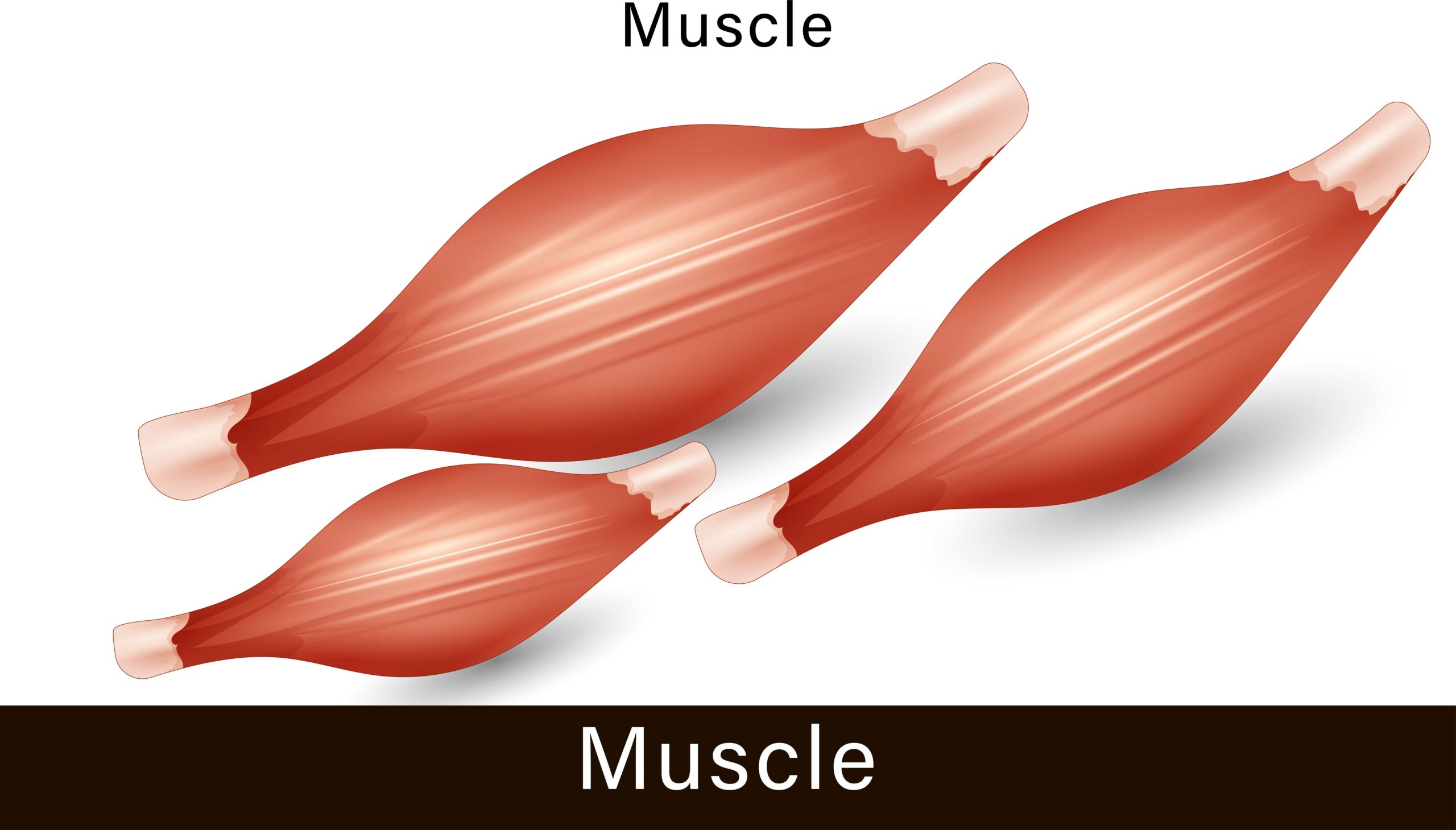
Understanding Properties of Muscle
Category : Muscle Tid Bits
By: Anthony Anderson HMS CPT CPX CPN CPPS LMT1408 SSI
Muscle is an essential tissue in the human body responsible for generating force and movement. Understanding the various properties of muscle is crucial for understanding how muscles function and how they can be impacted by injury or disease. In this blog post, we will discuss some of the key terms used to describe the different properties of muscle, including tautness, hardness, hypotonicity, hypertonicity, extensibility, and elasticity.
Tautness
The term “taut” is used to describe a state of tension or tightness in a muscle. When a muscle is taut, it is contracted and has increased tone, which can cause stiffness and limited movement. Tautness is a normal state for muscles during physical activity, as they contract to generate force and movement. However, when tautness persists even when the muscle is at rest, it can indicate a muscle spasm or other underlying condition.
Hardness
The term “hardness” refers to the firm and compact texture of muscle tissue. This property is a result of the tightly packed muscle fibers that make up the muscle. Hardness is generally desirable in muscle tissue, as it allows the muscle to generate force and withstand external stressors. However, excessive hardness or rigidity can indicate the presence of scar tissue, which can limit the mobility and function of the muscle.
Hypotonicity
The term “hypotonic” is used to describe a state where a muscle has decreased tone or tension. This can cause the muscle to feel flaccid or weak, and can affect the ability of the muscle to contract and generate force. Hypotonicity is commonly seen in conditions such as cerebral palsy or spinal cord injury, where damage to the nervous system can impair the function of the muscles.
Hypertonicity
The term “hypertonic” is used to describe a state where a muscle has increased tone or tension. This can cause the muscle to feel rigid or tense, and can impact the range of motion and flexibility of the muscle. Hypertonicity is commonly seen in conditions such as spasticity or muscle spasms, where the muscles contract uncontrollably.
Extensibility
The term “extensibility” refers to the ability of a muscle to stretch or lengthen without damage. This property is critical for allowing muscles to generate movement and maintain flexibility, as well as for preventing injuries such as strains or tears. Optimal muscle extensibility can be achieved through regular stretching and exercise, as well as maintaining proper posture and alignment.
Elasticity
The term “elastic” refers to the ability of a muscle to return to its original length after being stretched or contracted. This property is critical for allowing muscles to generate movement and maintain posture, as well as for returning the muscle to its resting state after contraction. Elasticity is a normal property of healthy muscle tissue, but it can be impacted by factors such as age, injury, or disease.
In conclusion, optimal muscle tissue should have a balance of tautness, hardness, extensibility, and elasticity. Healthy muscles should be able to generate force and movement, withstand external stressors, stretch and lengthen without damage, and return to their original state after contraction. By understanding the different properties of muscle, healthcare providers can diagnose and treat muscle-related conditions more effectively, improving patient outcomes and quality of life.